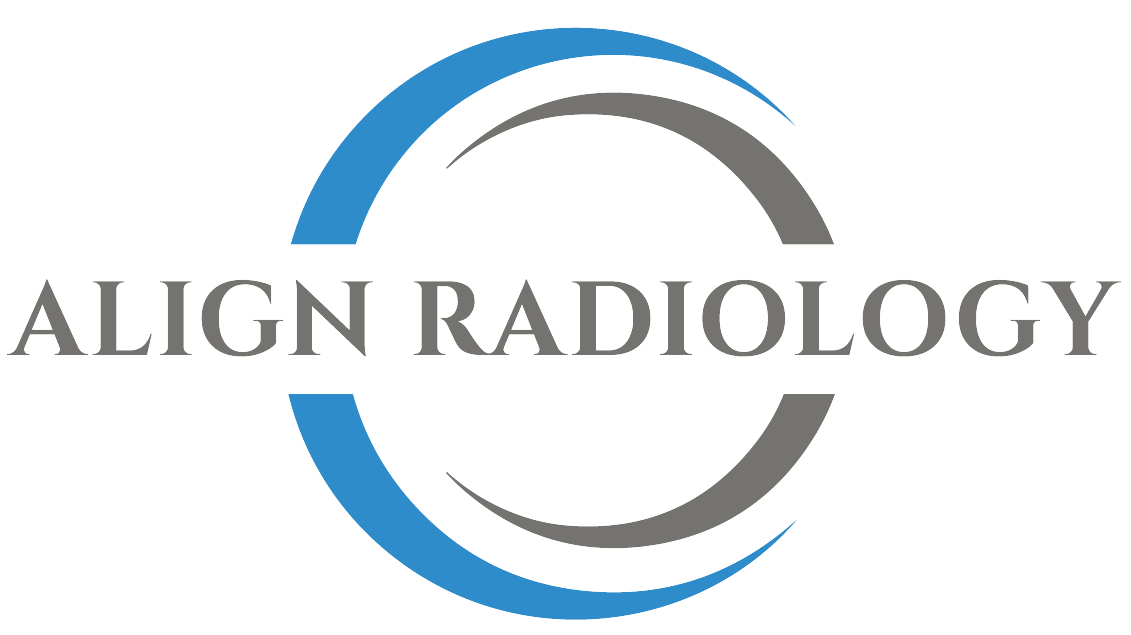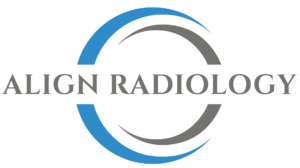At Align Radiology, we are proud to offer advanced radiology services designed to meet the highest standards of care using our state-of-the-art 3T Wide Bore MRI scanner. Our Skilled and compassionate team of radiologic technologists uses the latest technology to deliver precise and accurate diagnostic results. Whether you’re seeking clarity on neurological conditions, joint injuries, or soft tissue concerns, our 3T MRI offers sharper images and a more patient-friendly experience, with the highest standard of care.
MRI in Laurel
MRI in Laurel -3T Wide Bore MRI Scanning
MRI in Laurel -3T Wide Bore MRI Scanning for Preventive Screening
Imaging Services
At Align Radiology, we are committed to providing state of the art medical imaging services to our community. Our team of experienced technicians, utilize the latest technology to deliver precise and accurate diagnostic results.
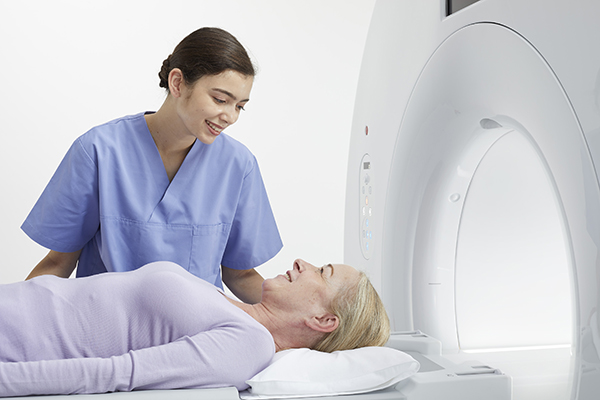
Why choose our 3T Wide Bore MRI in Laurel
Our 3T Wide bore MRI system offers a major upgrade from traditional MRI Machines. Here’s how:
STRONGER– Twice as strong as traditional 1.5T MRI machines
WIDER – 18% wider than traditional systems for improved patient comfort and less claustrophobia
FASTER – Stronger magnet allows for faster scans without compromising imaging quality
SHARPER – With our Radiology Services you get Sharper images, for more accurate results

3T Wide Bore MRI
STRONGER– Twice as strong as traditional 1.5T MRI machines
WIDER – 18% wider than traditional systems for improved patient comfort and less claustrophobia
FASTER – Stronger magnet allows for faster scans without compromising imaging quality
SHARPER – Sharper images for more accurate results
Benefits of a 3T Wide Bore MRI - Backed by Science
A Study published in Radiology found that 3T MRI’s detect lesions 30% more effectively than standard 1.5T systems.
Neurological diagnoses using 3T MRI have 25-40% higher diagnostic confidence among radiologists, especially in cases involving the brain and spinal cord.
Faster scan times can reduce patient motion artifacts by up to 50%, improving the clarity of the results.
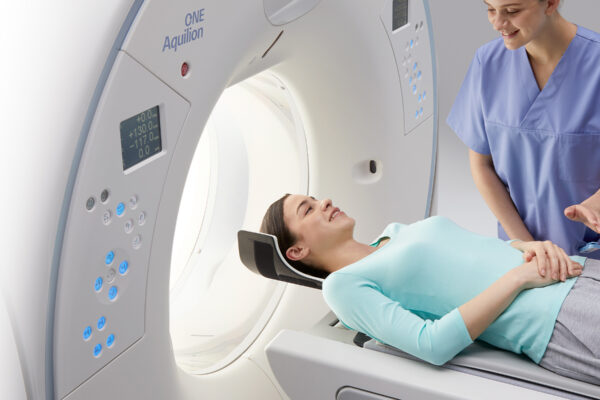

CT Scan
LOW DOSE – Our products provide the lowest dose possible while maintaining superb image quality
SHARP – Clear and distinct images enabled by advanced technology
COMFORT – Spacious wide bore design allows comfortable experience for patients of all body sizes.
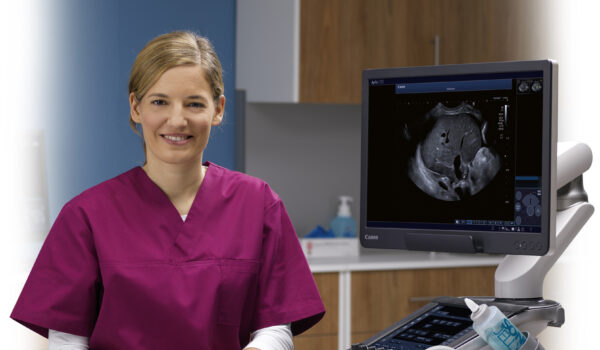
Patient Comfort Comes First
We understand that MRIs can be intimidating, especially for patients with anxiety, children, or those with chronic pain. That’s why our MRI services based in Laurel is equipped with:
- Soothing ambient lighting and noise-reduction headphones to calm the patient
- Technologists trained in patient comfort and care
- Relaxed scheduling and flexible appointment times for your convenience
Common Conditions that get diagnosed:
A 3T Wide Bore MRI is a powerful diagnostic tool capable of detecting a wide range of diseases and conditions due to its high magnetic field strength and advanced imaging capabilities. Here are some key diseases and conditions that a 3T MRI can help detect here at Align Radiology in Laurel
Neurological Disorders
EPILEPSY: 3T MRI is superior to 1.5T MRI in detecting and characterizing structural brain abnormalities in patients with focal epilepsy. A study found that 3T MRI detected 65 of 74 cases, compared to 55 of 74 cases detected by 1.5T MRI, leading to better diagnosis and safer treatment. (ScienceDaily)
MULTIPLE SCLEROSIS (MS): 3T MRI provides high-resolution images that can identify early demyelinating lesions associated with MS, aiding in early diagnosis and monitoring disease progression.(PubMed)
BRAIN TUMORS: The enhanced resolution of 3T MRI allows for better visualization of brain tumors, including gliomas and metastases, facilitating accurate assessment and treatment planning.
Musculoskeletal Disorders
JOINT INJURIES: 3T MRI is effective in detecting soft tissue injuries such as ligament tears, cartilage damage, and muscle strains, particularly in the knee, shoulder, and hip joints.
SPINAL DISORDERS: High-resolution imaging of the spine using 3T MRI can identify herniated discs, spinal stenosis, and degenerative disc disease, aiding in accurate diagnosis and treatment planning.
Oncological Applications
PROSTATE CANCER: Multiparametric 3T MRI is used to assess prostate cancer, providing detailed images that help in staging the disease and guiding biopsy procedures.
Other Applications
ABDOMINAL IMAGING: 3T MRI is employed to evaluate conditions such as liver cirrhosis, pancreatic tumors, and inflammatory bowel disease, offering detailed images of abdominal organs.
PELVIC IMAGING: In gynecological and urological assessments, 3T MRI aids in detecting conditions like fibroids, ovarian cysts, and bladder tumors.
MRI in Laurel – Convenient Location, Rapid Results
Located in the heart of Laurel, our facility is easy to access and provides same-day or next-day appointments. Most scans are interpreted within 24–48 hours by board-certified radiologists.
